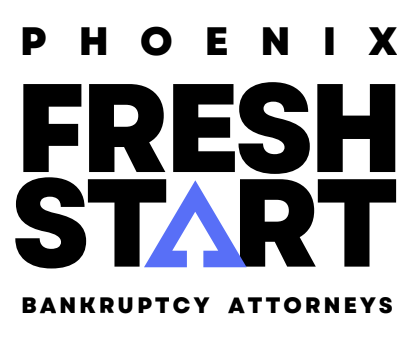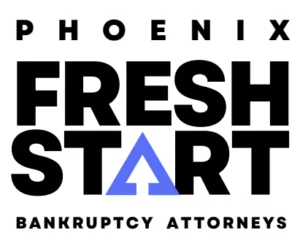How the Chapter 13 Bankruptcy Repayment Plan Calculated
In Chapter 13 bankruptcy, you propose a repayment plan to pay back some or all your debts over a three to five-year period.
Length of Your Chapter 13 Repayment Plan
Generally, a chapter 13 repayment plan will be at least three years long, but in some cases, it could extend for up to five years. A Phoenix chapter 13 bankruptcy attorney can help you determine the appropriate length of your chapter 13 repayment plan.
Determining Your Minimum Monthly Payment
Your repayment plan must provide for the full repayment of certain debts. This means that whatever the length of your repayment plan, these debts must be fully paid off.
These debts include:
Priority Debts
Priority debts are obligations like back child support, alimony, and certain taxes.
Mortgage Arrears
If you have fallen behind on your mortgage and want to keep your home, your chapter 13 bankruptcy repayment plan must pay off all your mortgage arrears. If you are behind on a second mortgage, you may be able to eliminate most or all the second mortgage in a process known as lien stripping.
Auto Loans or Other Secured Debts You Want to Pay Off Through Your Plan
If you have other secured debt like car loans, you may be required to pay off the entire balance of the debt within your chapter 13 repayment plan, not just the amount in arrears. However, you may have available to you what is called a cramdown. A cramdown may permit you to reduce the amount owed to its current fair market value. For example, if you owe $25,000 on your 1989 Honda Civic and you are paying 19% interest, you may be able to cram down the principle to $600, the fair market value of the car and reduce the interest rate to 6%. This is, of course, an extreme example, but it certainly illustrates the power of chapter 13 bankruptcy. Our chapter 13 bankruptcy attorney can explain more about cramdowns and if you qualify during a free consultation.
Trustee Fees, Administrative Costs, and Interest Charges
Chapter 13 bankruptcy trustees are paid a percentage of the amount distributed under a chapter 13 bankruptcy repayment plan. So, that percentage is factored into your repayment plan. You can also expect to pay interest on any secured debt through your repayment plan, but all of these fees and costs are a part of your total payment, so you don’t really notice them.
Keeping Up on Monthly Loan Payments
You should also remember that you need to keep up on your monthly payments on your secured debt. You may be required to make your payments through the chapter 13 bankruptcy repayment plan or, in some cases, you may need to pay them directly to the creditor, but in either case, if you want to keep your home, car or other secured assets, you will need to make those payments.
How Much Will Your Payment Be?
The amount of the monthly plan payment will vary from case to case. If you have very little disposable income you may not need to pay anything toward your unsecured debt (credit cards, medical bills, etc.). However, if you have a large amount of disposable income, you may need to pay back some of your non-priority unsecured debt. Depending on how much you must pay your non-priority unsecured creditors, your monthly chapter 13 bankruptcy repayment plan payment can be significantly higher than the minimum payment.
Chapter 13 Bankruptcy Questions? Give Us a Call
Your Phoenix chapter 13 bankruptcy attorney will review your chapter 13 bankruptcy repayment plan with you and discuss how the court calculates disposable income and the amount of your payment. Call us today for a free debt analysis to determine if chapter 13 is right for you and how chapter 13 may benefit you.



